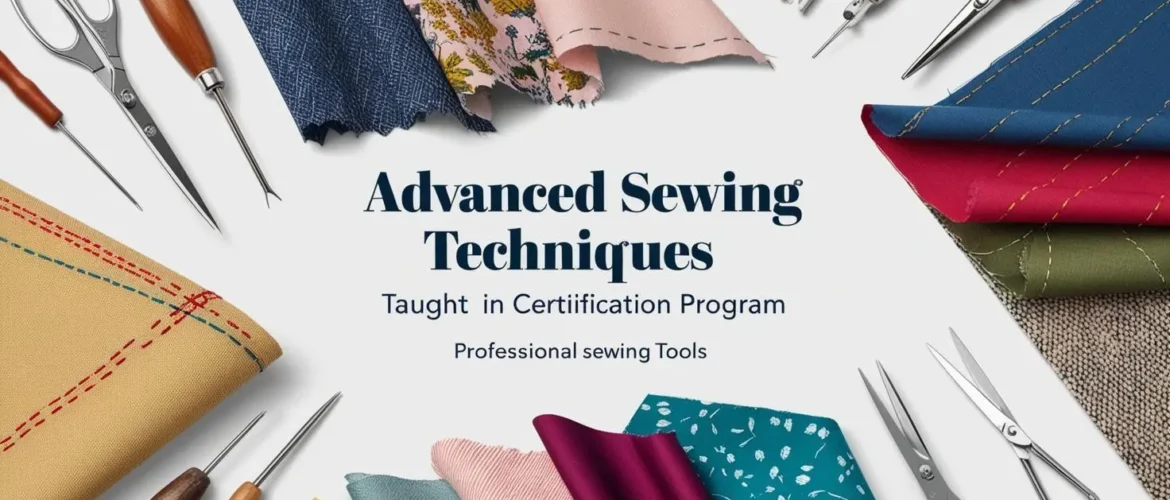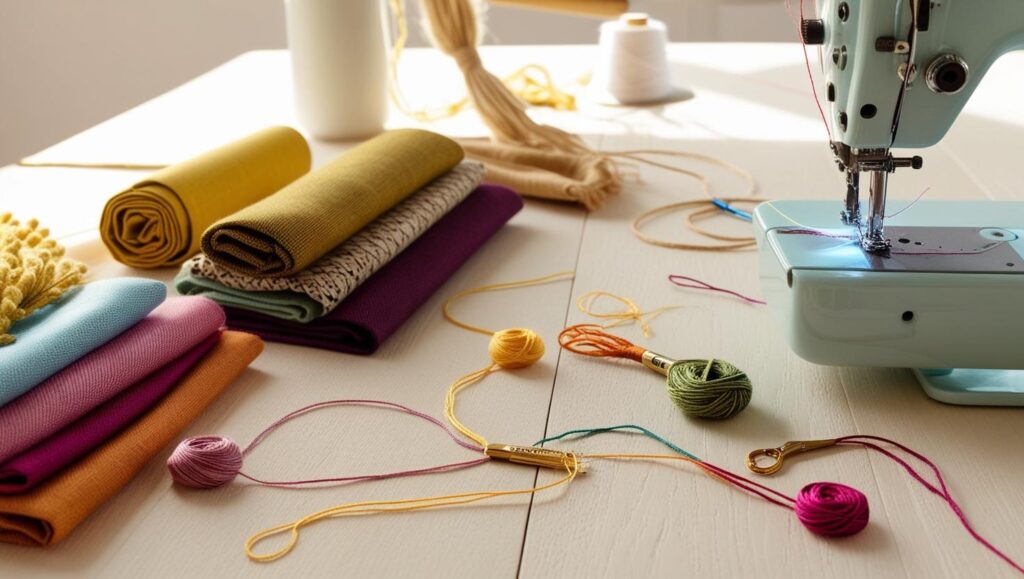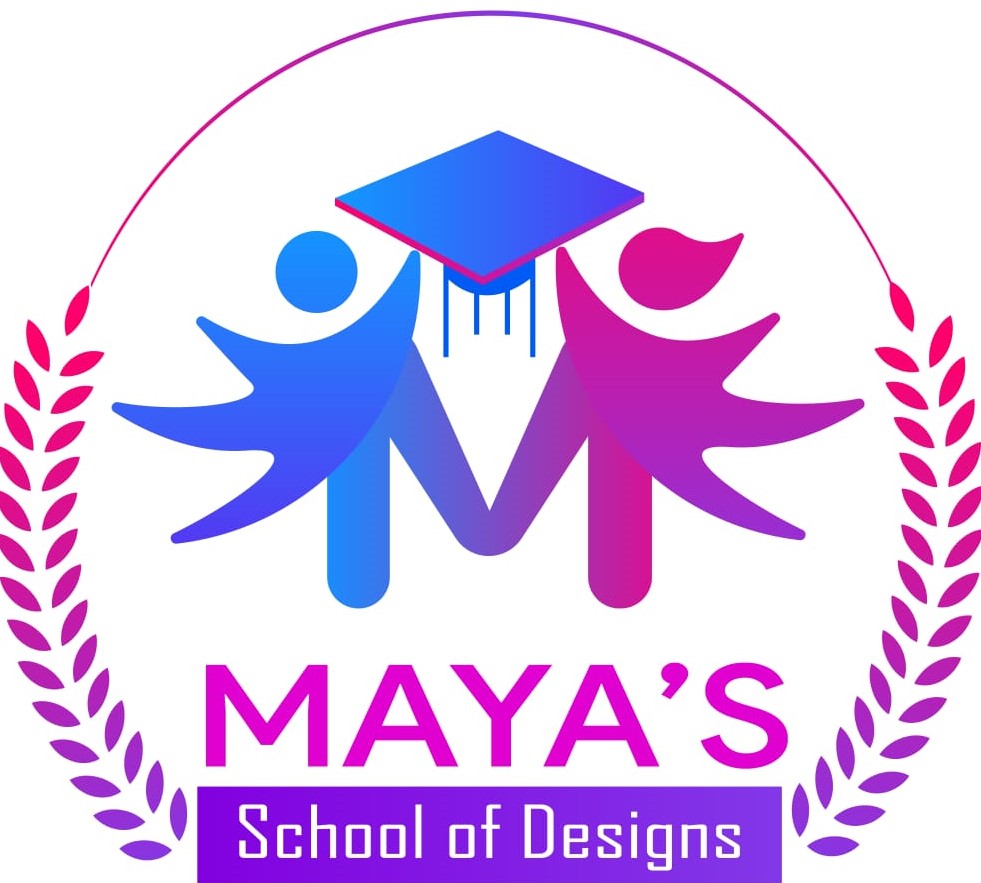Blog
Understanding Advanced Sewing Techniques
- February 5, 2025
- Posted by: admin
- Category: Fashion Design

It can be an eye-opener to join a certification course if you love sewing and want more. Whether you would like to make a big mark in the fashion industry or become perfect at the skills, it will help you sew the professional garments into quality by learning advanced techniques. The following guide shall give you some of the crucial techniques you might learn in a structured certification program.Advanced sewing techniques involve more than the most basic stitches and simple garment construction. Instead, they aim to be precise, durable, and aesthetically pleasing in making pieces that would look like professional pieces. Among the most valuable skills you’ll learn are these

1. Mastering precision stitching
Precision stitching is the key to creating finished, high-quality garments. You will learn to sew even, consistent stitches and to use different stitch lengths for various types of fabric in a certification program.
Create perfect topstitching for decorative and functional purposes
Reinforce seams for added durability in high-stress areas
2. Understanding Fabric Behavior and Manipulation
Not all fabrics behave the same way. Some stretch, some shrink, and others fray easily. You’ll learn how to:
Work with challenging fabrics like silk, leather, and chiffon
Pre-treat fabrics to prevent shrinkage or distortion
Use interfacing and stabilizers to reinforce delicate materials
Match fabric properties with the right sewing techniques for optimal results
3. Creating Professional Hems and Seam Finishes
A well-finished hem or seam can elevate your garment from amateur to professional. You’ll gain hands-on experience in:
Blind hemming for an invisible finish
Rolled hems for lightweight fabrics
French seams, flat-felled seams, and bound seams for durability and style
Using bias tape and binding for clean and polished edges
4. Advanced Zippers and Closures

Zippers and closures are crucial elements in garment construction. You’ll learn to install:
Invisible zippers for a seamless look
Lapped zippers for tailored garments
Buttonholes and hook-and-eye closures with precision
Magnetic snaps and specialty closures for modern designs
5. Draping and Pattern Adjustments
Advanced sewing isn’t just about following patterns; it’s also about making them work for your specific designs. In a certification program, you’ll practice:
Draping fabric directly on a dress form to create custom fits
Adjusting commercial patterns for unique body shapes
Creating original design elements like pleats, gathers, and darts
Designing unique patterns for custom-made garment making
6. Hand Sewing for Couture
While much of the heavy lifting is done by machines, it is through hand sewing that the couture look will be accomplished. You will learn to make:
Delicate hand-rolled hems
Pad stitch structured garments into perfectly formed shapes
Invisible hand-stitching for a seamless construction
Beading and embellishment techniques for luxurious details
7. Tailoring and Garment Structuring
Tailoring is an absolute must for sewing professional quality suits, coats, or structured dresses. You will learn to:
Add boning, underlining, and horsehair braid for shape
Jacket and coat construction techniques
How to create a shoulder pad and insert it for a structured fit
Adding canvas and interfacing techniques to provide reinforced structure
8. Working with Specialty Machines and Tools
Professional sewers use specialized tools to achieve better results beyond a basic sewing machine. Your training will cover the following:
Using sergers (overlock machines) for professional seam finishes
Working with coverstitch machines for perfect hemming
Embroidery and decorative stitching techniques
Industrial sewing machines for mass production garments
9. Fitting and Alteration Skills
Your garment fits well as it is perfectly done. In a certification program, you will acquire the following skills:
Taking precision body measurements
Change patterns for individual fits
Techniques on how to alter readymade garments
Techniques on how to re-size vintage and second-hand clothing
10. Advanced Decorative Sewing Techniques
While sewing is useful in functionality, it also gives scope for artistry. Your certification course will give you a view of some of these techniques that include:
Smocking and other textile manipulation techniques
Quilting and patchwork for textural designs
Appliqué and embroidery for decorative detailing
Mixing of textiles and textures for innovative fashion pieces
Conclusion
Mastering advanced sewing techniques requires patience, practice, and proper training. A certification program is designed to learn from the best professionals in a structured environment that equips you with skills to create uniquely beautiful and high-quality garments. Whether it’s for self-satisfaction or starting a fashion business, the advanced skills would set you apart in the industry. The more you keep on honing your skills, the more confidence you will hold in yourself for taking up the bigger tasks as well as looking into areas of creativity.
